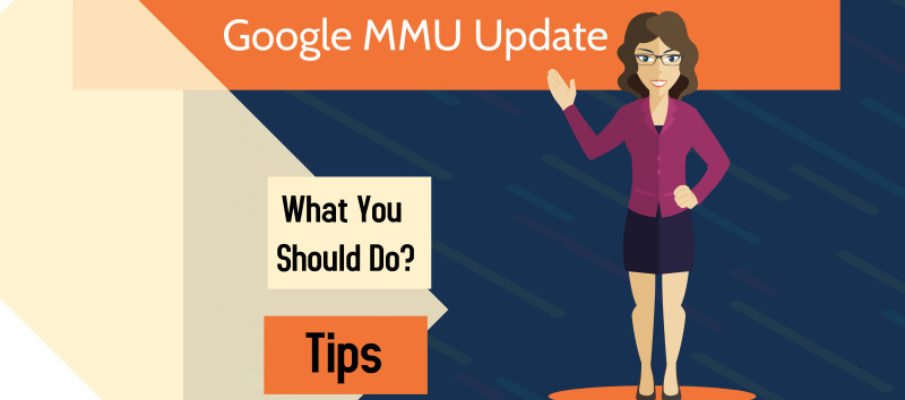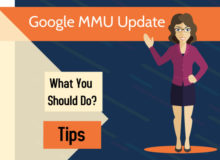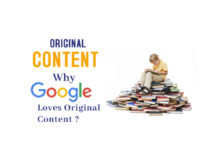As new dimensions of the search experience open up for users, this also increases the competition between companies and advertisers for the visibility of the search. How will you win the graces of MUM?
30 second summary:
- Google’s update to the Unified Multitasking Model (MUM), released in June 2021, aims to provide search results that overcome language and format barriers to provide an improved search experience
- The Google MUM update uses an innovative solution that accesses a wealth of information previously hidden around a main query and gives more of what we want without having to do multiple different searches.
- Google MUM can understand and translate 75 different languages, including text and images
- MUM will see us say goodbye to BERT
They say mom knows better and better, but can the same be said of Google’s MUM update? Search giant Google has released its latest update as the answer we’ve been looking for to make searching the internet more intuitive and inclusive.
But what does this mean for website owners, SEO practitioners and agencies that offer marketing services?
What is Google’s MUM Update?
Google’s Unified Multitasking Model (MUM) update aims to meet modern search needs by using an AI-based algorithm to improve online search ability. When searching the Internet, users contradict expectations and are confronted with multiple searches, geographical and linguistic barriers due to a lack of intuition in the search engine.
Google’s MUM will eliminate the need for multiple searches users currently perform to compare and get more detailed information. He has the ability to understand and offer solutions not only based on text content, but also on the interpretation of images, videos and podcasts, which were never possible before.It includes 75 different languages, which means it can bundle and deliver the results to give users the most complete and comprehensive search experience and answer even the most complex queries.
Google MUM will redefine search relevance by changing the way people access and use information on the World Wide Web. However, this should be treated with caution as not all content is trustworthy and ultimately at the discretion of the user. The MUM update means that searches provide information that provides useful and related information, and reach those sources further than any other search engine update before it.
Google believes the MUM update is the answer.
While the algorithm is still in its early stages, iterations will continue, but it certainly looks like an exciting initiative that Google is looking to build on. As? “Or what? Google intends to follow them to ensure they can get this “best MUM in the world” and get rid of any machine learning bias:
• Human feedback from reviewers using the Research Quality Guidelines for Reviewers helps understand how people find information• Similar to the BERT 2019 update, MUM will go through the same process that is applied to Google search models
• Apply lessons from their latest research on reducing the carbon footprint of large neural network training systems to ensure that research continues to function as efficiently as possible.
Why MUM is important?
MUM interprets meanings in a user-friendly way and overcomes language barriers to give us the most comprehensive search engine capability.It’s fast, comprehensive, and comprehensive compared to all previous search engine updates. This is important in a world where users want detailed, relevant, and accurate answers in seconds, anywhere, anytime.
This will break the silos in research and remove all veils of language barriers and a lack of intuition. It shows user inquiries, questions and needs for comparison from all angles and reduces the time we spend trying to find the right answers to get what we need. Keywords and SEO content have long played an important role in providing information and keeping it in line with intent.
While this has remained important over the past few years to draw attention to details, it has changed slightly to be more phrase-friendly in order to find used keywords in a more natural context. This certainly benefits the MUM search algorithm. It can provide nuanced answers to questions using NLP and in-depth knowledge of the world to gather additional information through a mix of formats – text, images, or even video and audio in the future.
The advantages of MUM
Your ability to think beyond the question or statement therefore uses several dimensions of SERP and SEO. Users, businesses, and content creators are encouraged to say goodbye to “exact answer days” and capitalize on the intent and journey of users, which are multi-faceted, complex, and sometimes generalized.
Google MUM artificial intelligence will be another element to master and understand users’ intentions and thought processes.Imagine going to a country and asking yourself the questions you need to ask right now to find out everything you need to know. First of all, you may be wondering how to get there.
Then you can do some research on where to stay, what’s in the area, what visas or vaccinations are required, and maybe a little bit about the weather and the activities on offer. The list goes on, as does the time it takes to research and sift through the results. We want more now, and Google MUM is the beginning to meet those needs.
Eliminate language barriers
MUM finds results in other languages and thus opens up a treasure trove of local and more relevant information than any previous Google search technology. It aims to become your own expert and translator, with the added value you can expect from an enthusiastic person – concise, detailed and easily conveyed in a language you understand, just like working with a human expert.
The search is no longer inhibited by the words we have chosen. Users can get more specific answers to questions by including an image, video or web page in our search. This ensures better access to international content that previous search engines would not have recognized. This elimination of language barriers will allow users, SEOs, and businesses to see more localized information and answers.
In the area of SEO and digital marketing, this also means – more competition! Locals create lots of pointers about areas or facilities, but due to language barriers we are currently unsure what might be the best answer to our review style questions. If users do not do enough and thorough research using local terms, spellings, or nuances of language, they will never discover information that would become an integral part of the decision-making process
Make multimodality an issue
While MUM (hopefully) knows everything as it uses the T5 text-to-text framework and is 1000 times more powerful than BERT. We will always see answers to simple questions. But those who are less straight forward or don’t have a straight answer will thrive with this multimodal approach.
Imagine what if the answer was in a picture that could be in Japanese?AI and the search engine Search engines have determined how content is created and have a heavy focus on keywords, phrases, intentions, and other key factors. So should AI change the way businesses, SEOs, and agencies plan to attract and retain visitors while also making sure we are taking advantage of the visibility that Google MUM can provide?
This is a much better smart search algorithm that understands nuances and highlights more relevant and diverse content. Badly presented content disappears more easily than ever. This restores the importance of user experience, content, global SEO, accessibility and motivation to succeed in the digital age.
So the content has to be better than a few keywords that appear somewhere in the page rankings, and it has to make the most of the media formats that Google MUM rates. End users are at the heart of MUM and this needs to be at the forefront of the work of content marketers. This is important when considering a website redesign.
We see this add to the need for high quality SEO and keyphrase content if you want to get noticed. Google MUM also has a much greater ability to answer comparison-style questions. “Will I find the same weather in Turkey as in Egypt?” »Questions of style are answered all at once. Before, we had to research the information for each country and compare the information ourselves.
Not only is one question enough to get the temperatures out for everyone, it also provides valuable information about each country they know people have been looking for. It may contain relevant comparisons between the two countries, such as information on vaccinations or visas, dress codes, or useful information that their AI ability recognizes as appropriate.
MUM vs. BERT
As with every start, the last one proclaims itself the best. BERT (Bidirectional Encoder Representations from Transformers) launched in 2019 and understood the research better than ever. At that time, keywords became key terms aimed at delivering results based on user intent. In other words, the content had to answer common questions. The numbers tell us that MUM is 1000 times stronger than BERT, so will MUM always know better? It looks without a doubt that this is changing the face of search and SEO as we know it in 2021.
What do you have to do
• Create high quality and focused content while unlocking the possibilities that tangential links to comparable and related topics can offer. The content is designed to answer questions and provide the right value, including the appropriate use of media formats, so that the MUM will notice you. Written content, including blog posts and articles, is always a key factor in getting attention. It is becoming increasingly important to back this up with podcasts, pictures, audio and video content – it would help if new iterations of MUM came into play.
• Google MUM recognizes that it is relevant and adds it to search results. Your content now competes for some of the most important contributions in the world. While this removes language barriers, it would still be a good idea to use multilingual SEO as part of your strategy. This will dramatically affect the regional power of the content, so use it to your advantage to increase regional relevance, neighborhood interests, or specifics both verbally and visually.
• Create content that builds brand recognition and loyalty using informative and engaging text, images and other media. Don’t forget to add structured data to your page to give clues about the content. Brands and advertisers should be aware that this is an AI-centric update and they would learn from it.
We know that while Google MUM will expand search responses, there will still be people who know where to look and who to rely on for trusted content. continue to be reliable. The main thing is to develop your know-how and your competence in the industry so that you can “EAT” your competition.
To be honest, with fewer tricks to hide behind, what you need to ensure when creating MUM-friendly content simply means quality. If it is interesting, relevant and valuable to your end user, it will be displayed. This will expand the potential audience and bring in more competition for visibility, which is as good as bad for many.
Conclusion Are we really moving towards an accessible internet-based world? With Google’s MUM trying to understand what we might be looking for better than any other search engine before, will this open up the search box for a really more mundane experience? We cannot answer all of the questions and there are still many to be asked as the rollout accelerates. Only time will tell how Google MUM will improvise in the future. After all, technology and innovation never stop for long.






